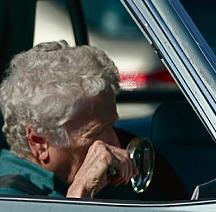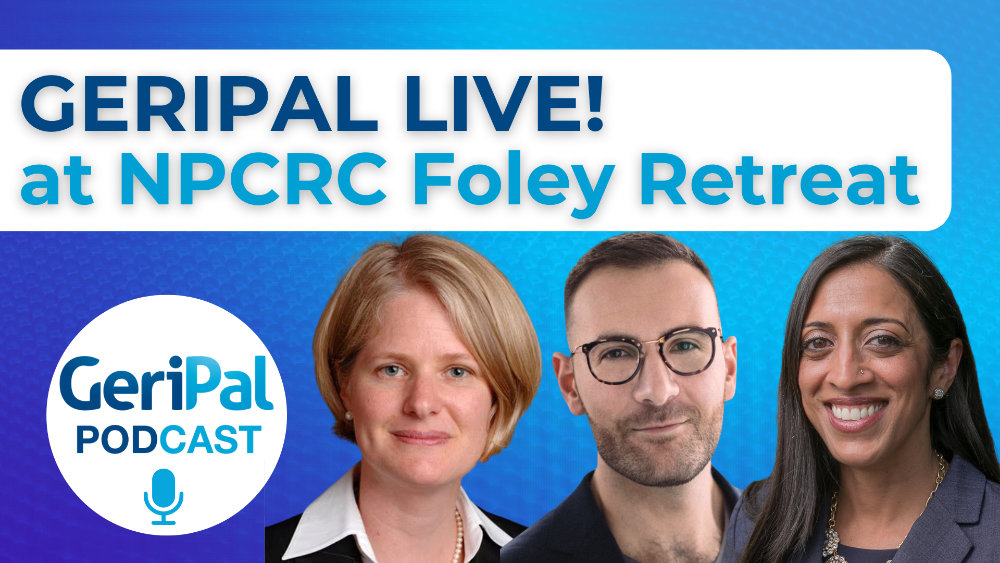
One of the tougher challenges in a busy clinical encounter is the older driver who is potentially unsafe. While clinicians may screen for unsafe driving using the tools previously reviewed here in GeriPal, the encounter involves a delicate dance between maintaining patient independence and protecting patient safety, as well as public safety. When a patient appears unsafe, a recommendation against driving should be made and at times a formal reporting to authorities of suspected unsafe driving is necessary.
But what happens after you make a formal recommendation of no driving? A recent New England Journal of Medicine article provides a pretty good look into the impact of a no driving recommendation.
The authors examined the impact of formal reporting of a no driving recommendation in Ontario where patients had easy access to medical services and a data reporting system that could link to emergency room records. Ontario’s reporting system began paying providers for completing a warning report in 2006, thus leading to a rise in referrals. Patients who received a warning over a 4 year interval were included in the study. The incidence of emergency room visits for motor vehicle accidents in the year before referral was compared to the incidence after referral for each individual patient in a self-matched cross-over design. The result? They found a 45% reduction in the annual rate of crashes per 1000 patients after the warning (4.76 vs. 2.73). In other words, if you told 1000 patients they were unsafe to drive, you would prevent 2 accidents.
A warning to stop driving was also associated with some potential harms. Patients warned to stop driving had greater emergency room visits for depression and made fewer visits to the referring doctor than the year before. 10% of patients made no visits the following year despite having made at least 2 visits the year prior.
So here’s the rub: You can reduce accidents with a recommendation to stop driving but you can cause harm. The key is maintaining a therapeutic relationship. Be sure to offer good alternatives to driving when public transportation is not an option. Work with family members to construct a list of responsibilities to help the patient overcome the no driving limitations.
So are you as a clinician, avoiding having these difficult conversations?
Here’s a novel idea for you: An advance directive for driving. I first heard about this concept on NPR’s Morning Edition’s segment titled “When Seniors Hang Up the Keys.” Dr. Marian Betz an Emergency Room physician at the University Colorado proposed the concept. (audio here) The point is to designate a trusted individual to start the conversation about driving when driving becomes hazardous.
As part of your advanced care planning conversations consider asking, ‘who would you trust to help you if you could no longer drive safely?’
by: Paul Tatum (@doctatum)



